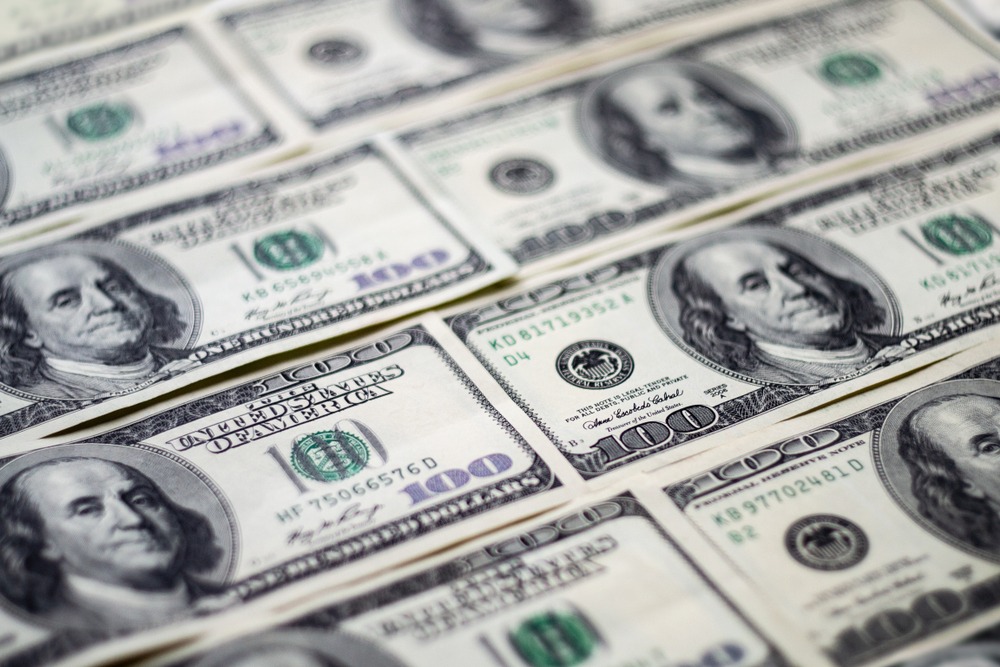On Friday, Ukraine’s central bank banned payment to entities in Russia and its ally Belarus as well as operations involving both nations’ currencies.
The U.S. dollar declined against most currencies, including the euro, on Friday. The U.S. currency fell as markets walked back some of the tumultuous moves from the previous day when the Russian Federation’s invasion of Ukraine sent investors scrambling.
The Russian currency also recovered some ground, trading at around 84.4 per dollar on Friday. One day earlier, the rouble fell to 89.986 per dollar as Russia invaded Ukraine.
The United States and its allies responded with a wave of sanctions impeding Russia’s ability to do business in major currencies. They also imposed sanctions on banks and state-owned enterprises.
Russia and traders
The euro gained 0.24% to $1.1218, having touched as low as $1.1106 on Thursday, its lowest since May 2020.
On Friday, other currencies also recovered their previous day’s losses and the dollar index which tracks the U.S. currency against a basket of currencies was at 96.854, 0.2% lower. The scale of earlier moves means it is still up 0.8% on the week, nevertheless.
The British pound also strengthened its position. The pound rose 0.4% to $1.343. Moreover, the Australian dollar gained 0.46% to $0.7195.
The Japanese yen added 115.23 per dollar.
As well as the direct impact of the war in Ukraine, currency traders were trying to assess the conflict’s impact on monetary policy around the globe.
Thousands of people fled the country as explosions and gunfire rocked major cities. Witnesses said loud explosions could be heard in the country’s second-biggest city. Kharkiv is close to Russia’s border.
In the meantime, investors and some U.S. officials said the war in Ukraine would likely slow but not stop approaching interest rate hikes.
















